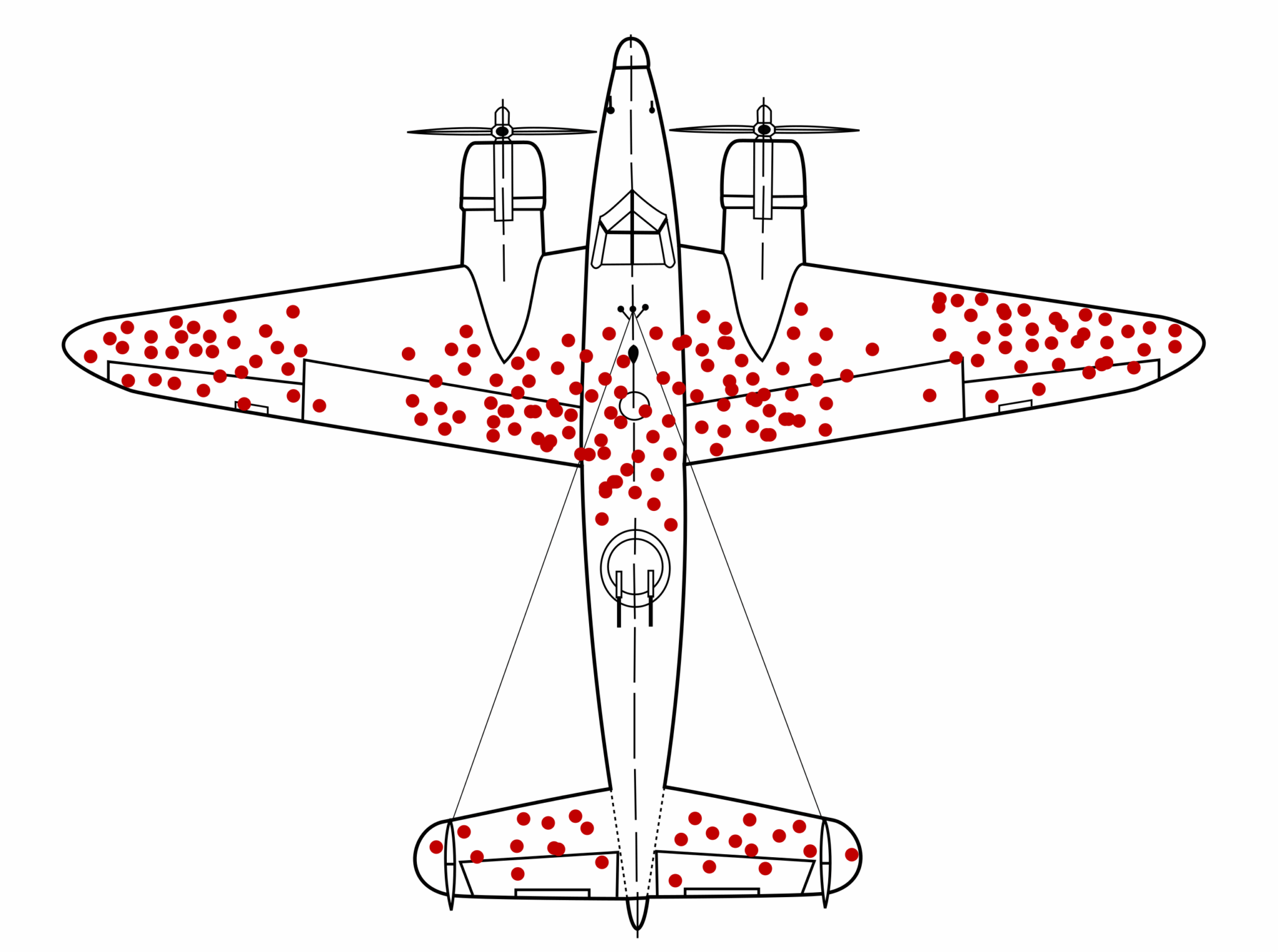

Red Solo cups are weird.
I went to a barbecue on Independence Day. And as I sat there holding a red Solo cup, I realized how strange the cups are. They break easily, are spill-prone, terrible for the environment and made from a cancer-causing chemical cocktail. And yet, they have managed to replace more durable options like glass or metal because they’re inexpensive and convenient.
We’ve moved from durable and reusable to disposable and flimsy, and I’m worried that our thinking is following the same path because of AI, especially in sales and marketing strategy.
Does ChatGPT turn off critical thinking?
Earlier this year, MIT published a study exploring LLMs’ impact on our brains. Participants were split into three groups and asked to write an essay while connected to an electroencephalography (EEG) machine, which measures cognitive load. The first group used LLMs; the second, search engines; the third group was limited to their knowledge. The results were scary.
Dig deeper: Closing the gap between creative and marketing performance
Researchers found that participants with the strongest, most distributed neural networks (i.e., they used more of their brain) didn’t use technology. The more technology participants used, the less they used their brains. According to the study’s author, Nataliya Kos’myna, “While LLMs offer immediate convenience, our findings highlight potential cognitive costs. Over four months, LLM users consistently underperformed at neural, linguistic, and behavioral levels.” AI is literally making us dumber and damaging our ability to think critically.
That’s a problem. Because just like the red Solo cup, we’re trading durability for a deadly cocktail of disposable thinking that can’t withstand pressure.
AI can’t make smart bets for you
I hear revenue leaders describe their job as making bets. They bet on which campaigns to support and which to kill with limited data of varying degrees of reliability. It’s all a gamble.
However, more precise and more accurate data, with well-reasoned interpretations, allow leaders to make stronger bets with a greater likelihood of making solid returns. And it’s no surprise that, like most people, they’re turning to generative AI to fill in the data gaps so they can make better bets – which is precisely the wrong thing to do. Because they’re not looking for data clarity, they want insight — which generative AI can’t give them.
AI is a statistical model that has analyzed billions of words. Its answers are based on probabilities–what’s most likely to come next related to your topic. But just because it’s likely to come next doesn’t mean it’s correct. Worse, AI is programmed to increase your adoption through flattery, manipulation and deceit. This behavior is getting worse as AI models get more sophisticated.
Dig deeper: AI tools are rewriting the B2B buying process in real time
AI’s answers may be a hallucination that results from being programmed to prioritize helpfulness first, harmlessness second and truthfulness third. It’s not malicious, but it is deceptive. AI models lie with a rate, scope and confidence George Costanza could only dream of. AI will fake statistics, links, even entire websites to tell you what you want to hear. And we still use it. Think of how crazy that sounds.
You would fire an employee caught fabricating data used to make campaign decisions. And you’d be right to do it. They put your company and personal reputation at risk. But when ChatGPT does it, we ignore it. That’s incredibly dangerous. How can you ever make smart bets when you don’t know whether you’re getting real, valuable insights— or fake, made-up ones?
People want an outcome, not a product

Harvard Business Professor Theodore Leavitt said, “People don’t want to buy a quarter-inch drill. They want a quarter-inch hole.” I’ve found that’s true. People aren’t buying products or services. They’re buying outcomes.
That’s why the MIT study is so haunting—because people are surrendering their thinking to AI.
AI can do a lot, like analyze data, summarize information, predict patterns in sequence and synthesize concepts. However, it can’t separate the quarter-inch drill bit (offering) from the quarter-inch hole (outcome). It also can’t generate insight into what your customers are buying because it can’t generate insight at all.
AI provides insights into marketing strategy are like Red Solo cups: They have no resilience or depth. We shut off our skepticism and listen to the AI. And that’s as risky as believing your wife really is “fine” with you watching the game with friends on your wedding anniversary.
But success in marketing requires solid insights, not wishful “thinking.”
Insights for sale
We want to believe customers are buying a product or service, but they’re not. As Clayton Christensen put it, they’re “hiring your product or service to help them make progress in their lives” – to remove friction, solve a problem, achieve a goal, etc.
And it’s the job of marketing and sales strategy to make that progress apparent. I came up with the three questions below as a guide to what you copy needs to answer, but they apply to all marketing.
- What is the problem your customers are trying to solve?
- What are their options to solve the problem?
- Which option is best and why?
That’s not about features or benefits. It’s about giving your customers insight into their problems and solutions with enough clarity to make a confident decision. That goes way beyond mere data analysis or interpretation. It requires human-level insight — the kind Grok can’t generate.
Dig deeper: AI’s big bang effect means marketing must evolve or die
Creating solid insights
Good marketing doesn’t just explain what you do. It influences buyer behavior. That requires depth of thinking – especially in B2B.
ChatGPT can’t do that for you. That type of thinking comes from discipline, experience, context and finding similarities in seemingly unrelated facts. It’s the kind of deep work that’s hard to prioritize when go-to-market teams are pressured to move fast.
Here are a few ways to start building insight muscle.

Make a habit of asking “what’s missing?” Most teams analyze what they see in front of them. They don’t consider what they should see in front of them that isn’t there. The survivorship bias case (right) proves that insight isn’t the sum of known patterns. It’s the tension between what’s visible and what’s missing. That’s something no LLM can replicate. Looking for missing pieces requires asking the questions nobody else is, and in the process, uncovering patterns that many people miss.
Study people, not dashboards: People buy from you. Your dashboard can give you a lot of great information about trends, but it can’t explain why people buy from you, or what’s missing from your offering that your real competitors have.
Remember what AI is and is not: AI is not a strategic-level tool and should NEVER be used as such. You can use it to test ideas from multiple angles, but in the end, nothing replaces the knowledge from observation, interpretation and judgment. That’s human work, and likely will be for the foreseeable future.
Keep the red Solo cups for the barbecue, but bring the glassware when it comes to thinking, strategy, and customer insight. It’s durable, reusable, and built to last under pressure. In a world full of disposable content, your ability to generate insight is your last unfair advantage.
The post AI convenience is replacing durable marketing strategy with disposable thinking appeared first on MarTech.
Go to Source
Author: Zac Stucki

